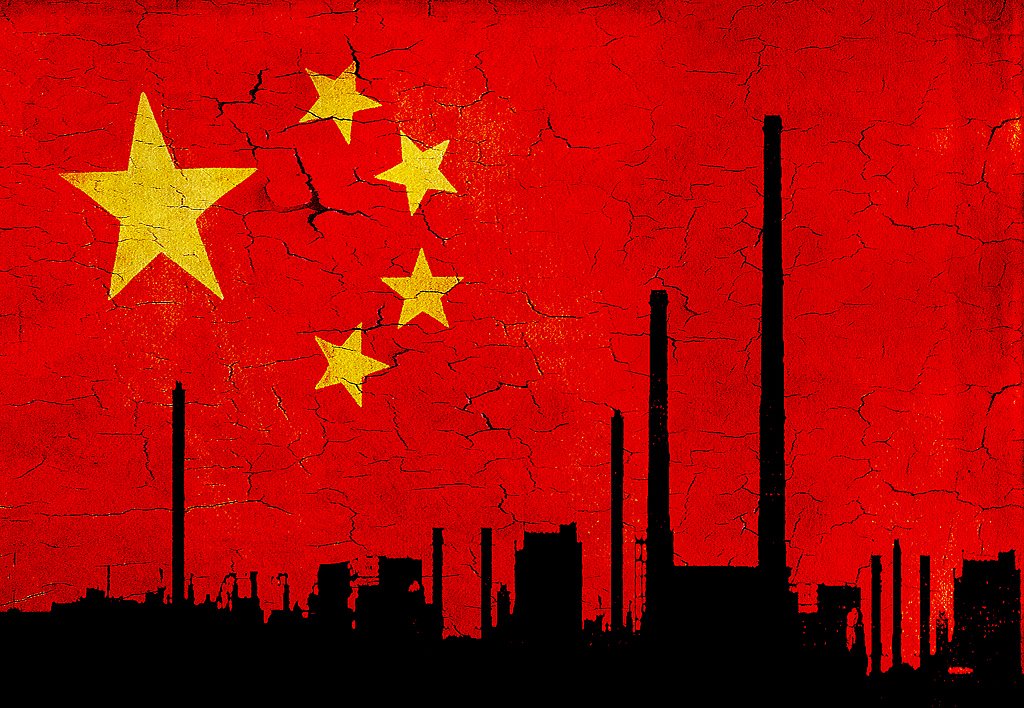As China grows more economically powerful there is growing concern about how it will convert its economic power into strategic influence. In its 2016 annual report, the U.S.-China Economic and Security Review Commission recommends closer scrutiny of Chinese economic practices and advocates creating a panel to prevent China’s state-owned enterprises from gaining “effective control” over U.S. companies. Fear of China’s commercial influence has recently spread to Hollywood as well, with recent purchases of film studios and theater chains by China’s Dalian Wanda leading to a torrent of commentary warning against Beijing’s nefarious long-term intentions.
The idea that China can easily convert its economic clout into influence is attractive and intuitive given the government’s important role in the economy. In Chinese Economic Statecraft: Commercial Actors, Grand Strategy, and State Control, William J. Norris, a professor at Texas A&M University’s Bush School of Government and Public Service, casts a skeptical eye on this assumption. Norris came to the Cato Institute recently to discuss his theory of economic statecraft and shed light on the complex domestic factors that help or hinder China from using commercial actors to achieve strategic goals. (Full disclosure, as a student at Texas A&M I spent several months as Norris’s research assistant while he worked on the book.) Using a theoretical model rooted in principal-agent theory applied to several case studies, Norris is able to show that China’s political leadership and commercial actors are not always on the same page.
Economic statecraft is the intentional manipulation of economic interaction to produce or affect some sort of strategic end. Norris finds that effective economic statecraft requires state control over commercial actors and state unity across different sectors of government. While the Chinese government may have nominal control over its state-owned enterprises, it can be very difficult to get local officials in sync with provincial or national-level officials, which impedes the effective execution of economic statecraft. In some of Norris’s case studies Chinese commercial actors made decisions with little direction or oversight from state officials that had unintended strategic effects down the road.
The most important take-away from Norris’s book is, “economic statecraft is not an easy lever of national power for [China] to wield. To be effective, many factors need to align.” China’s economy makes it easier for the government to use its companies in strategic ways, but even in the Chinese system there are numerous factors that make it difficult to use commercial actors to achieve strategic goals. While Beijing has used commercial actors to achieve strategic goals, not every move by a Chinese state-owned enterprise is a strategic master stroke designed to maximize China’s power or undermine the United States. In order to better identify the real cases of Chinese economic statecraft, it would be prudent for analysts to apply the model in Norris’s book.

